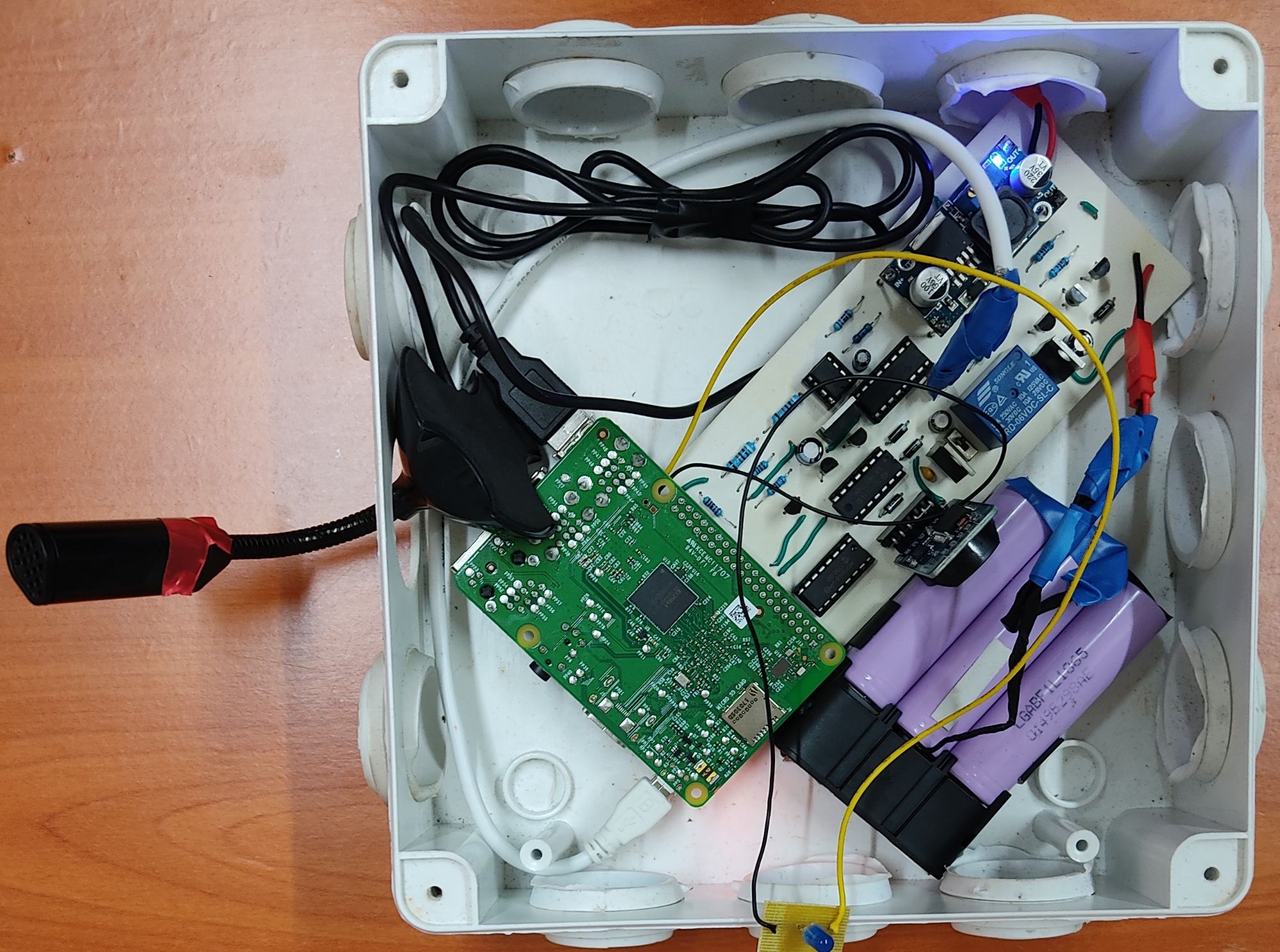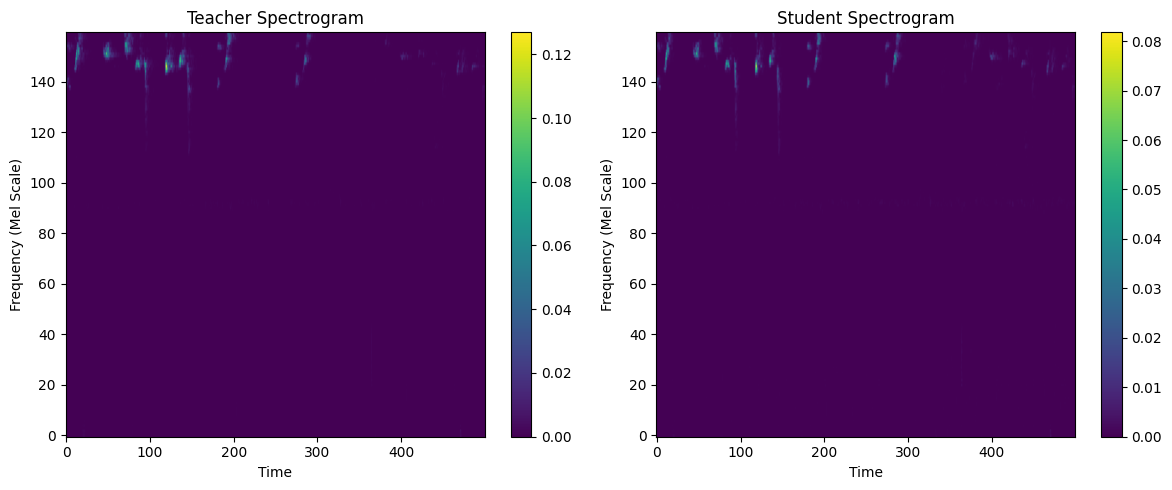Bioacoustic approaches for ecosystem monitoring and conservation

Background
Protecting biodiversity requires continuous, scalable, low-cost monitoring, and this project focuses specifically on birds. Acoustic sensors such as AudioMoth (a low-cost acoustic recorder) provide non-invasive, wide-coverage recordings that convert bird sounds into usable ecological data. We distill Google’s Perch Bird Vocalization Classifier into a compact, quantized, edge-ready student model using Perch-based knowledge (teacher logits only — the teacher’s probability outputs).
The student is pretrained on diverse public recordings (Xeno-Canto) and then fine-tuned on DSAIL’s field dataset (300+ hours of AudioMoth recordings, ~20 hours hand-annotated across ~80 bird species) to optimize for local species, signal-to-noise ratios (SNRs), and recorder acoustics. The resulting model will run on low-cost recorders and microcontrollers (AudioMoth, Raspberry Pi Pico, tinyRANGER) and stream detections to the DSAIL dashboard for telemetry and human validation. This enables timely, scalable bird monitoring to inform conservation actions, detect range shifts or invasions early, and support community science.
Accomplishments
- Preprocessing pipeline: Implemented a student preprocessing pipeline that replicates teacher spectrograms to ensure matching inputs as a control. (Short Time Fourier Transform → Mel Spectrogram → Per Channel Energy Normalization).

- Spectrogram QA: Analyzed and compared spectrograms between the teacher and preprocessed student inputs for alignment and quality control.

Next Steps
- Implement Student Model: Develop and train a lightweight student network capable of learning from the teacher’s intermediate representations and/or final logits.
- Quantization & Edge Optimization: Apply model compression and quantization techniques to ensure deployment feasibility on resource-constrained hardware.
- Evaluation & Benchmarking: Compare teacher vs. student performance on accuracy, inference speed, and power efficiency.
- Field Testing & Deployment: Integrate the optimized model into edge devices for real-world birdcall detection and performance validation.
- Documentation & Publication:Consolidate findings into a research paper or technical report detailing the methodology, results, and open challenges in distillation for bioacoustics.
Publications
DSAIL power management board: Powering the Raspberry Pi autonomously off the grid
HardwareX volume 12 October 2022Raspberry Pi Based Recording System for Acoustic Monitoring of Bird Species
IST-Africa Conference (IST-Africa) 2021